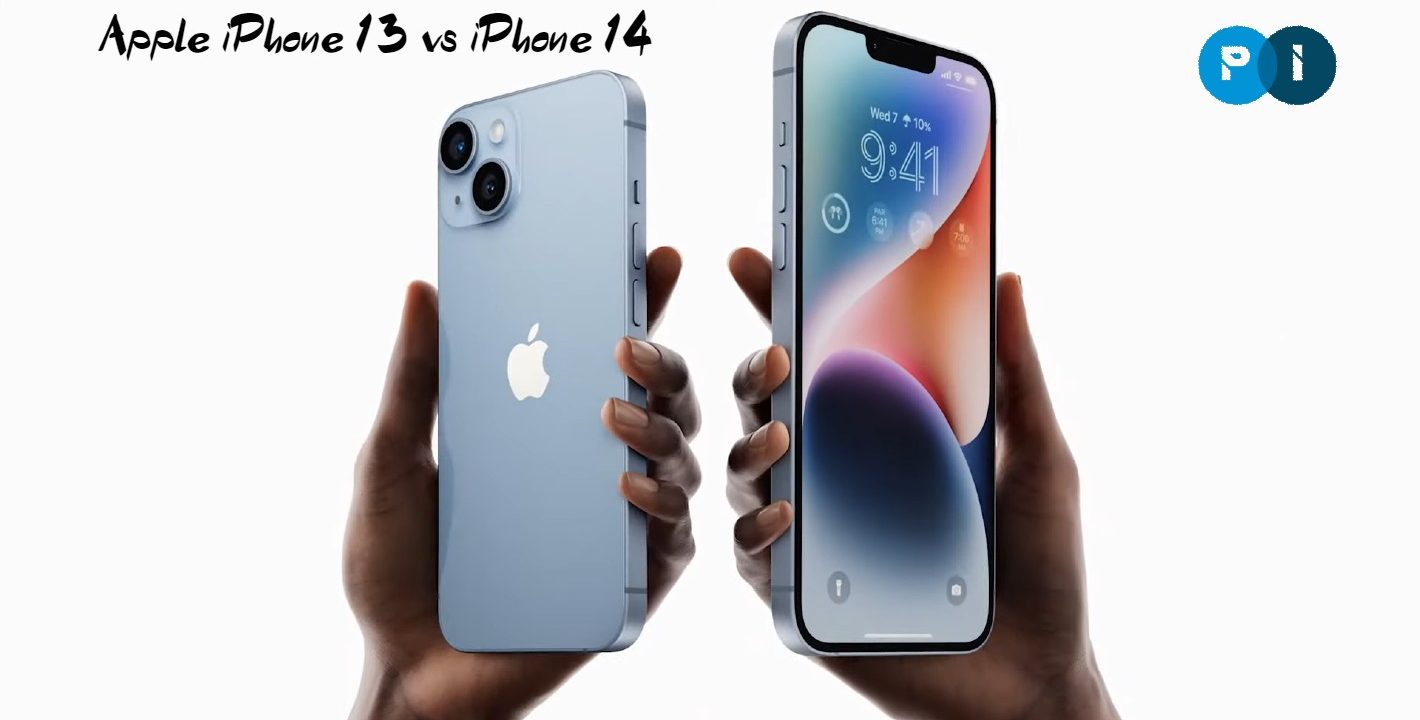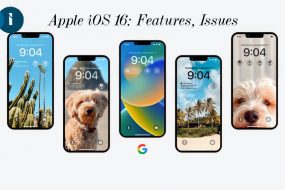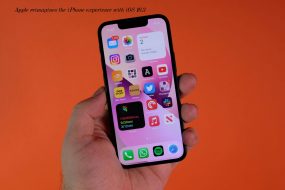
The release of a new Apple iPhone is always a hotly anticipated event in the tech world, and the announcement of the iPhone 14 and iPhone 13 has been no exception. With a wealth of new features and improvements, it can be difficult to determine which model is the best choice for you. In this article, we’ll take a closer look at both the iPhone 14 and iPhone 13, comparing their specs and features to help you determine which model is the best fit for your needs.
Apple iPhone Design and Display:
The iPhone 14 and iPhone 13 share many similarities when it comes to design, with both models sporting a sleek and stylish appearance. The iPhone 14 is slightly larger than the iPhone 13, measuring in at 6.1 inches compared to the iPhone 13’s 5.4-inch display. The iPhone 14 also boasts a higher screen resolution, with a display that offers 2532 x 1170 pixels compared to the iPhone 13’s 2340 x 1080 pixels.
Camera:
The camera system is one of the most significant differences between the iPhone 14 and iPhone 13. The iPhone 14 features a triple-camera system that includes a 12-megapixel main camera, a 12-megapixel ultra-wide camera, and a 12-
megapixel telephoto camera. This combination of cameras allows the iPhone 14 to capture stunning images in a variety of lighting conditions and provides a greater range of focal lengths to choose from. The iPhone 13, on the other hand, has a dual-camera system consisting of a 12-megapixel main camera and a 12-megapixel ultra-wide camera. While the iPhone 13’s camera system is still quite capable, the addition of the telephoto camera on the iPhone 14 gives it a significant edge in terms of versatility and image quality.
Performance:
In terms of performance, both the iPhone 14 and iPhone 13 are powered by Apple’s A15 Bionic chip. This powerful processor provides both models with lightning-fast performance and improved battery life. However, the iPhone 14 has been designed to handle even the most demanding tasks with ease, thanks to its 6GB of RAM compared to the iPhone 13’s 4GB of RAM. This added memory ensures that the iPhone 14 will be able to run multiple applications at once without slowing down, making it an ideal choice for power users.
Battery Life:
When it comes to battery life, both the iPhone 14 and iPhone 13 offer impressive performance. The iPhone 14 features a larger battery than the iPhone 13, providing up to 22 hours of talk time compared to the iPhone 13’s 20 hours of talk time. Additionally, the iPhone 14’s battery life is optimized to last even longer when using 5G, which can be a significant advantage for those who rely on their device for connectivity on-the-go.
5G Connectivity:
Another significant difference between the iPhone 14 and iPhone 13 is their support for 5G connectivity. The iPhone 14 is 5G-compatible, meaning it can take advantage of the faster download and upload speeds offered by 5G networks. This allows you to stream high-quality videos and play online games with minimal lag. The iPhone 13, on the other hand, is not 5G-compatible, meaning you’ll have to stick to slower 4G networks.
Software:
Both the iPhone 14 and iPhone 13 run on the latest version of Apple’s iOS operating system, providing you with a streamlined and user-friendly experience. The iPhone 14 and iPhone 13 both benefit from the latest software updates and security patches, ensuring that your device stays secure and up-to-date.
Final Thoughts:
Both the iPhone 14 and iPhone 13 are excellent choices, depending on your needs and preferences. If you’re looking for a device with a larger display, a more capable camera system, and improved performance, the iPhone 14 is the way to go. However, if you’re looking for a device that offers a more compact design and lower price point, the iPhone 13 may be the better choice for you. Ultimately, the choice between the iPhone 14 and iPhone 13 comes down to your individual needs and what you’re looking for in a smartphone.
[content-egg-block template=offers_grid]





